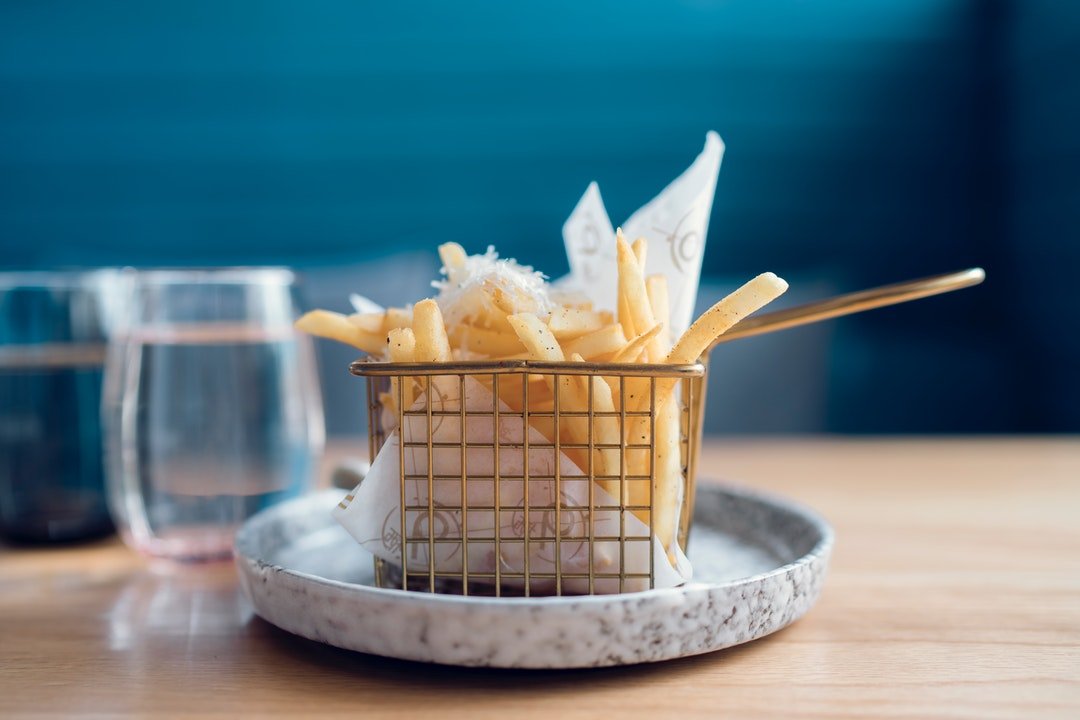Clues on how to cook Butternut Squash

Food is what keeps us alive and stronger to carry out our daily activities. However, not all foods are delicious and healthy for us. We all have a particular dish which we wish to eat someday in our lives. Butternut is among the foods that a lot of people would like to have as part of their diet. If you follow the steps in the recipe properly, you can prepare this dish successfully. The following are some of those issues that need to be looked at. Read more now about low carb diet.
The amount of time needed for the butternut squash to be cooked needs to be considered. The longer you will roast the squash, the tender it will become. You can easily scoop the flesh from the butternut squash when it has softened as a result of cooking. Also when the butternut squash is roasted properly, it gives it a delicious flavor and smell, and a natural taste. A lot of care has to be observed when halving the butternut squash. You also need to ensure that the knife you will use to half the squash is properly sharpened. This is because, you will not suffer from knife accidents which are likely to befall you when trying to cut the squash into half.
Another issue you need to look at is the temperature with which you will be cooking the onions to caramelize. Provided the cooking temperatures for the onions are kept low, they can cook very well and get caramelized properly. Most foods cook well when exposed to low and constant temperatures as opposed to very high temperatures. The size of the onions should also be very thin and not thick. This is because, thinner ones will cook and caramelize faster than thick ones. When the onions are cooking and they start getting dry, you can add a teaspoonful of water to rehydrate them again. You need to minimize evaporation when cooking the onions because they may get dry if exposed to evaporation. Click here for more info: http://www.lowcarbsosimple.com/basic-vinaigrette-and-variations/.
Finally, you should ensure that the proportions of the additives are not too much to exceed the butternut squash. The amount of butternut squash left in the recipe should be directly proportional to the amount of carbs present. If you are under ketogenic diet and you don’t want to eat more carbs, then this is a very important point for you to note. Also, if you don’t want a lot of carbs, you can look for a different variety of squash or pumpkin. If you find a squash variety that has a soft and tender flesh, then it will not be necessary for you to roast it, hence you can stuff it directly. Get more details here: https://en.wikipedia.org/wiki/Atkins_diet.



